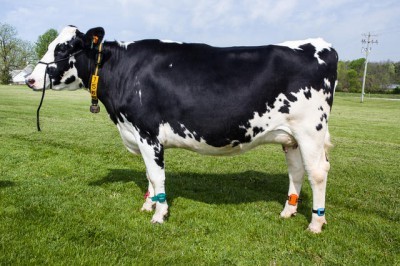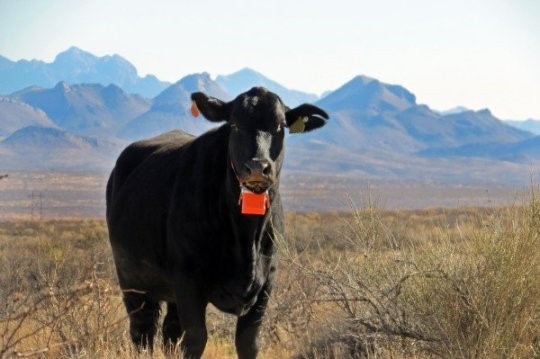Biosensors in Cattle Become More Sophisticated Every Year
The term biosensors is becoming commonplace in the livestock industry across the world. The term covers a wide variety of data sets that can be measured, transmitted, and analyzed in real time using IoT (Internet of Things) technology or wireless systems ‘talking’ with a centralized unit on the farm.
Biosensors have the potential to measure physiological, behavioral, immunological, and related variables across multiple animal species and livestock; whether in the wild or domesticated. The latest developments can offer highly specialized information within the parameters of the animal’s physiology and the environment in which the animal is in real time. As technology in smartphones continues to improve, the ease of use with this tool increases substantially; while at the same time, becoming more and more sophisticated and accurate.
When you can monitor behavioral patterns like eating habits, water consumption, herding patterns, location, and other factors; it provides you with valuable information when isolating a given animal from the herd to see if something is wrong. Applications are coming on board that can take the data generated, and even detect specific diseases. When you can track reproductive (heat) cycles, it saves a tremendous amount of labor in having to visually observe the animals in your herd or flock. You can even measure the physiological well being of an animal or group of animals; leading to your ability to correct problems with their housing and environment.
With the expansion in research, product development, and technology; biosensing is rapidly becoming more affordable to farmers and can greatly impact the development of systems that are environmentally responsible while improving animal welfare and productivity.
Biosensors are said to be significant contributors to the ‘Fourth Revolution in Agriculture’ by combining technologies and cost effective diagnostics in real time; with the potential to head off what in the past could be potentially catastrophic outcomes from infectious disease in animals.
Precision dairy cattle monitoring systems use accelerometers, just like Fitbits (you might wear while jogging); to detect changes in an animal’s behavior and activity. Instead of counting steps and tracking fitness goals, these precision dairy cattle monitoring systems are able to detect when a cow may become ill or is coming into estrus. These technologies can evaluate cow comfort by monitoring activity, feeding time, lying time, mounting activity, real-time location, reticulorumen pH, rumination time and body temperature.

Precision dairy cattle monitoring systems use accelerometers, just like Fitbits. Source: Dairy Herd Management: Fitbits’ for Cows: The Latest Precision Dairy Cattle Monitoring Technology
Costs:
The cost of biosensing devices will continue to come down. According to www.sciencedirect.com ,
A biosensing device that attaches to ears to measure the body temperature of animals now costs $100,000 for 10,000 cattle. Commercially available biosensor collars are also being used in cows for detection of estrus period. An innovative robotic grazing system uses electronic leg bands that interact with sensors mounted on the animal to record data on its feeding and milking behavior and pattern.Source: Science Direct: Recent advances in wearable sensors for animal health management (Feb 2017)
The affordability at smaller herd sizes will continue to improve with time.

In the open range, the value of GPS monitoring alone can be extremely valuable to the rancher. Credit: Image courtesy of New Mexico State University (NMSU). Source: Science Daily: GPS tracking technology to ensure animal welfare
In the open range, the value of GPS monitoring alone can be extremely valuable to the rancher. This Brangus cow located at the Chihuahuan Desert Rangeland Research Center is part of a research project led by Derek Bailey, professor in the New Mexico State University Department of Animal and Range Sciences. Bailey and his research team are using this breed in a targeted grazing study. They’re using low-stress herding and strategic supplement placement to encourage cattle to graze areas they normally avoid in order to reduce fine fuels and reduce impacts of catastrophic wildfire. This breed was also part of a genetic selection for a grazing distribution study. Bailey was awarded a Fulbright Senior Scholarship to conduct collaborative research in Australia.
Read more about it:
PubMed: Recent advancement in biosensors technology for animal and livestock health management.
Science Daily: GPS tracking technology to ensure animal welfare
Science Direct: Recent advances in wearable sensors for animal health management (Feb 2017)
Dairy Herd Management: Fitbits’ for Cows: The Latest Precision Dairy Cattle Monitoring Technology


